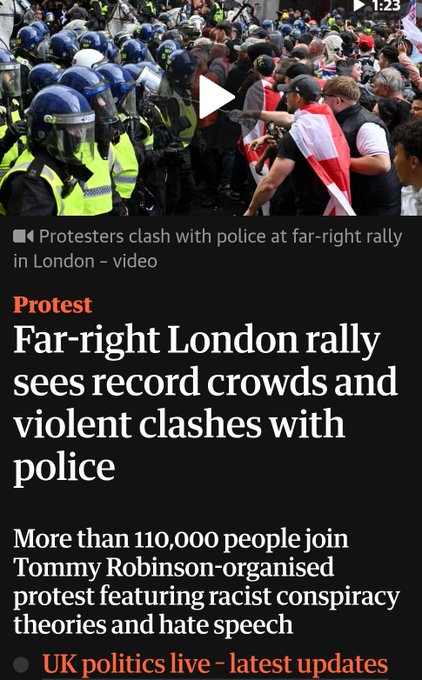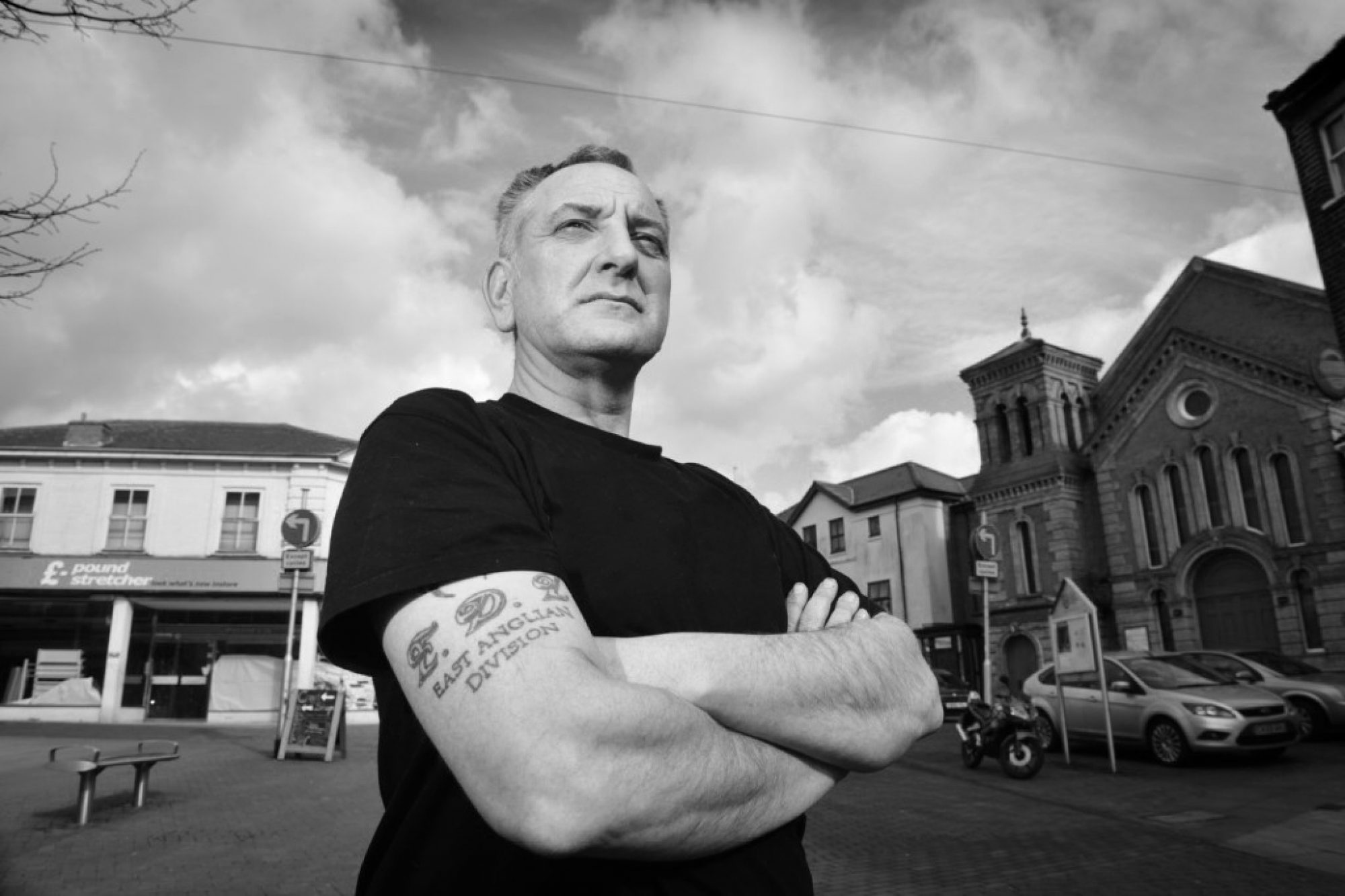When “Unite the Kingdom”, Tommy Robinson’s massive rally on 13 September 2025, resulted in 25 arrests, the press nearly collapsed in outrage: “far-right thugs”, “extremists running wild”, “dangerous mobs”. But when the Notting Hill Carnival sees hundreds of arrests every year, violence, weapons incidents, even assaults on police, it is almost always portrayed as a “celebration of culture and community”. The difference in tone is glaring. Here are real examples.
Real Headlines, Real Spin
Unite the Kingdom Rally
- Sky News headline: “Up to 150,000 people join march organised by far-right activist Tommy Robinson” alongside mention of 25 arrests. The story emphasises far-right, anti-immigration, violent disorder. Sky News+2Al Jazeera+2
- Reuters: “Scuffles with police as 100,000 anti-immigration protesters march in London” emphasises “anti-immigration protesters” and “violent clashes”. Reuters+2ABC+2
- The Guardian: “Far-right London rally sees record crowds and violent clashes with police.” The framing here is strong: far-right rally “violent clashes”, “assaults on officers”, etc. The Guardian+1
- The Independent: reports “police say officers assaulted during mass London march organised by far-right activist Tommy Robinson”. Again, the adjectives far-right, assault, violence dominate. euronews+1
Notting Hill Carnival
- Evening Standard: “Notting Hill Carnival 2025: One million revellers party in west London as police make face-scanning arrests”. This headline puts the emphasis first on “one million revellers party”, “celebration”, “carnival”, and culture. The arrests are portrayed as part of proactive policing rather than moral panic. The Standard
- Coverage of the Carnival often uses words like celebration, community, culture, music, joy, with crime or arrests mentioned in subordinate clauses, or as expected “downsides” of big events. (I couldn’t find a headline in any major newspaper’s which leads with “Carnival thugs” or “violent mobs at Carnival” which is telling in itself.)
Why the Difference Matters
Here’s how the framing diverges:
| Feature | Tommy Robinson Rally | Notting Hill Carnival |
|---|---|---|
| Language | Far-right, thugs, extremists, nationalists, assault, violent disorder | Celebration, culture, joy, community, party, colourful |
| What arrests mean | Proof of dangerous ideology; evidence that the whole event is illegitimate | Seen as disturbances or regrettable incidents in otherwise festive atmosphere |
| Who is culpable | The protestors are criticised heavily; the media largely treats the event as a threat | The media frames issues as policing challenges, or isolated bad apples, not as intrinsic to the community |
This isn’t journalism, it’s narrative management. The media decides which story is dangerous and which is benign. When one event is painted as a threat and the other as a celebration. even when both have arrests and some violence, it reveals bias, intentional or not.
It suggests that some voices, especially those associated with certain communities or political ideologies, are presumed dangerous, while others are presumed innocent. That in itself is a form of signalling: you are other, we trust you less, we will treat your gathering as menacing by default.
If we want honesty, we need consistent standards. If violence is to be condemned at one event, it must be condemned at all. If arrests are headline news for one crowd, they should be for any crowd. If “culture” is celebrated in one situation, “culture” must be allowed to speak in others without being drowned out by accusations.
Pretending there’s no bias helps no one, And that is one of the surest ways to entrench division rather than heal it.
@newdaystarts

